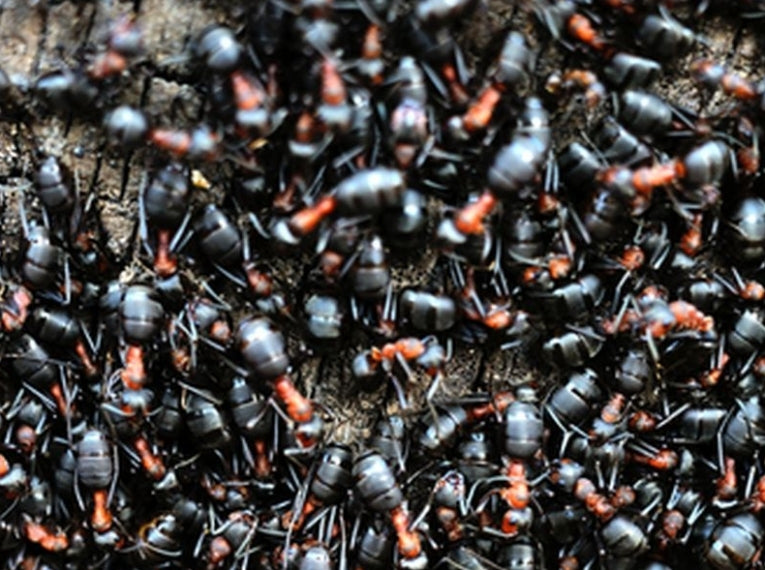When California and Japan, Indonesia, Italy and Greece next suffer the worst of earthquakes, there is help already available, apart from the early warning seismology that tsunami warning centres (TWCs) provide. German research with HR cameras has begun to check these species that show vivid reaction to early signs of quakes.
We know that carbon dioxide gas is released below ground where the great plates are scraping against each other. We know that sound and vibration can be carried through the earth itself. Some of these signals are picked up by ants, as described by Gabriele Berberich of the University of Duisburg-Essen in her paper; recently presented at the European Geosciences Union annual meeting in Vienna.
As hinted in the paper's title, "Biological Anomalies Prior to Earthquakes," many other animals such as the obviously close-to-the-ground snakes and mammals have also been recorded in their particular actions. One advantage of using ants is that they are so easily observed, another is their proximity to the source of the detectable changes; another is their extreme sensitivity, using of course, many small individual "sensors" in the form of workers.
For 3 years, low magnitude earthquakes in the eastern Eifel region of Germany have been monitored, alongside the nests of the red wood ants, Formica pratensis and F. polyctena.
Both species performed in a similar fashion throughout the observations. The reason that the ants are close to the fault seems to be that warm gas emerges from the fault. Their actions before and during any seismic activity were studied to detect their suitability as indicators of future quake. What the research discovered was that the usual nocturnal inactive phase was completely disrupted before a minor tremor. They stayed outside the nest all night. Despite increased predation risk, like people in earthquake zones, the animals' reaction was to remain out in the open, safe from burial.
Whether they use their CO2 detection or their magneto-receptors in order to sense differences in the electromagnetic fields of the earth's crust, or even some unknown sensitivity, the colonies "stayed safe." It took fully 24 hours before any of the essential daily ant routine resumed. One possibility for further study is to determine if the ants can detect some unknown change that we have not considered from the human point of view.
If the mini-quake measured less than 2.0 on the Richter seismic scale however, the whole nest slept easy. This is a remarkable discovery, not for the ant only, but for the safe warning of millions of people in so many countries! Germany has little to worry about as far as earthquakes are concerned, but other species of ant live in the active Pacific Ring and elsewhere. That is where Gabriele is headed next.










